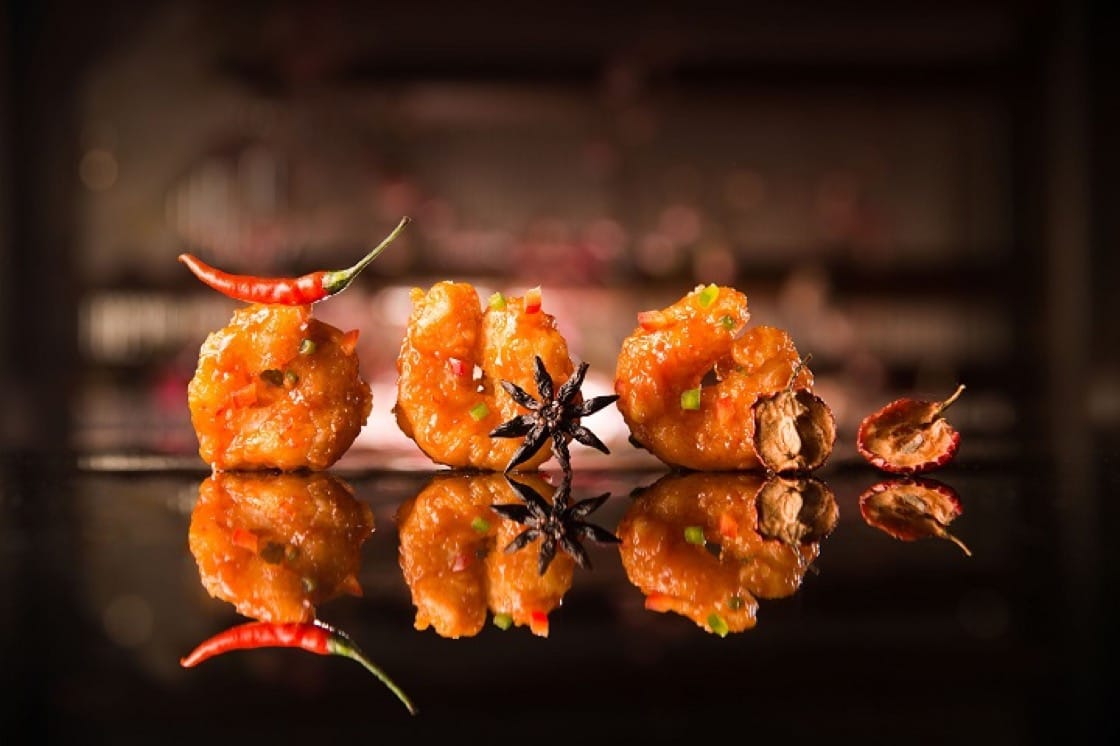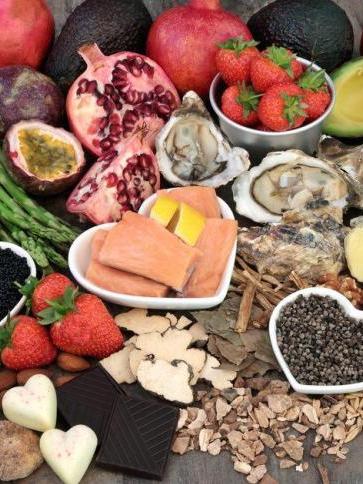Indulgent as it might be, the overload of fatty and sweet food could bring you food coma and wear down your appetite. In this case, hawthorn is your best bet to find relief. You might know it from the classic snack haw flakes, but the culinary potential of this small berry is far beyond that. It can be used in traditional and fashionable dishes alike. Here we’re going to introduce to you gastronomic side of hawthorn for a burden-free meal.

What Is Hawthorn?
Hawthorn belongs to the family of rosaceae plants. It’s usually produced in the provinces of Shandong, Hebei, Henan and Liaoning. The fruit is rich in various organic acids such as caffeic acid, chlorogenic acid, ursolic acid, citric acid and crataegolic acid. Since ancient times, it has been used as a solution for discomfort resulted from overeating. Traditional Chinese Medicine (TCM) sees it as acidic and mildly warming. Its primary functions include reinforcing the stomach to aid digestion, breaking down fat contents, promoting the flow of energy in our body and curing bruises.
In addition to its medicinal value, Chinese chefs love to cook with hawthorn. Haw flake, hawthorn balls, hawthorn candy bars as well as tanghulu are all household snacks in Northern China. The popular stir-fry sweet and sour pork, and the more creative stir-fried prawns with hawthorn and hawthorn panna cotta are all delicious dishes featuring the red berry. It’s such a versatile ingredient that it can be used in various courses with the same soothing impact.

Hawthorn Snacks: Eat with Moderation
Every time when you go to see a TCM practitioner, you’d get a pack of haw flakes to make the medicine more palatable. The hawthorn-based snacks are indeed appetising. But they have very high sugar contents at the same time, which prevents them from being a proper cure for the stuffed body. Pregnant women, children, those suffering from excessive gastric acid and just recovering from an illness should eat these snacks even more sparingly.
The Soothing Hawthorn Water
The best way to soothe the discomfort resulted by food coma is to boil hawthorn in water with other ingredients like monk fruit, Chinese pearl barley or nanzao date. All these combinations are effective in cleansing our gastrointestinal system and beneficial to our spleen. To prepare the hawthorn and monk fruit water, wash a monk fruit and press it to break it up. Put it into water with five maces of hawthorn and boil for 10-15 minutes. If you have any doubts about whether your body is suitable for the drink, consult a doctor in advance.

Hawthorn Dishes: Traditional or Creative as You Prefer
Chinese chefs often cook with hawthorn, and sweet and sour pork should be the first example that comes to the mind of most people. The hawthorn is first made into a sauce then stir-fried with the deep-fried pork. The fruit’s natural sourness cuts through the grease and gives the dish a refreshing dimension. Some chefs build on the foundation of traditional Cantonese cuisine with their creative hawthorn delicacies. Renaissance Harbour View Hotel Hong Kong’s Dynasty Restaurant launched stir-fried prawns with hawthorn earlier during Chinese New Year. It’s made in a similar fashion as sweet and sour pork. The prawns are par-fried then stir-fried with the hawthorn sauce. Its appetising acidity stands out immediately in an extravagant festive feast.
Hawthorn Desserts: A New Trend
The sourness in hawthorn makes it a natural fit for desserts. Hawthorn cake is a darling at Chinese restaurants. This simple delight has the fruit seeded and cooked with rock sugar until soft. Modern dim sum restaurant Yum Cha in Hong Kong makes things more interesting with hawthorn panna cotta and candy floss. The two sweets from very different realms come together to create one smooth, fluffy, burden-free confection.


















